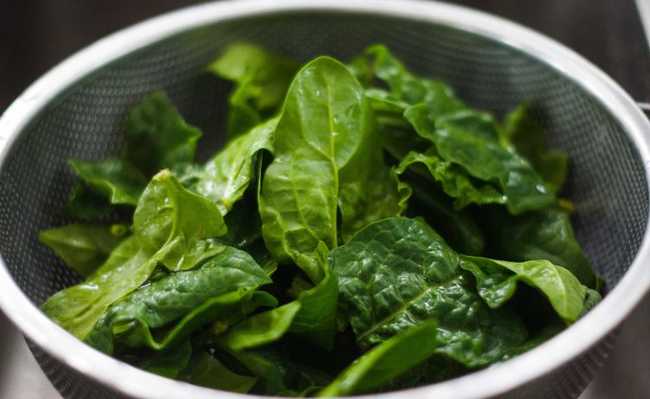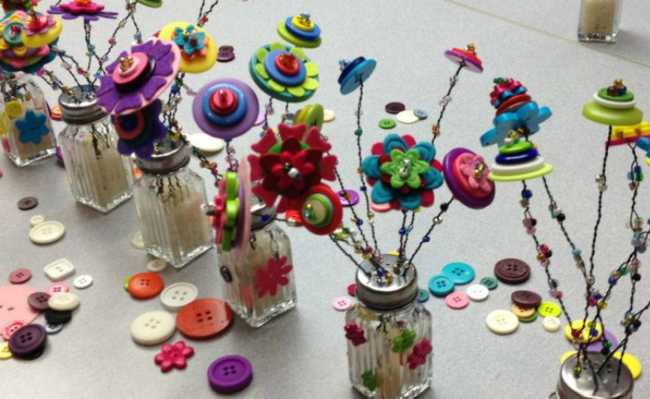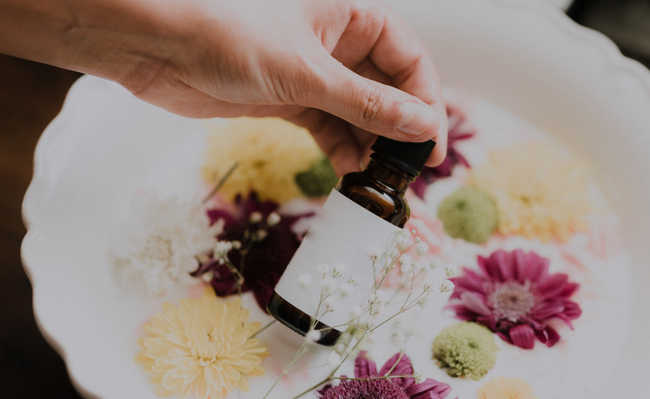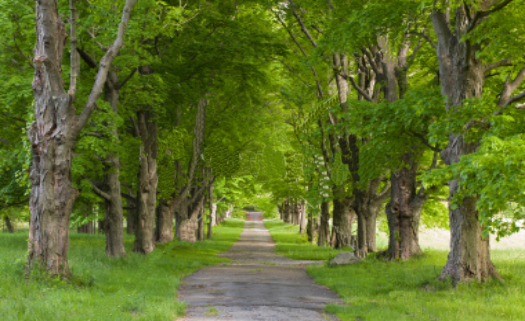How to make an urban garden
Discover nine essential points to start your urban garden

Image: "GENSCH - urban agriculture" (CC BY 2.0) by Sustainable sanitation
The practice of urban agriculture brings a series of advantages: it reduces waste, avoids pollution, reduces the consumption of industrialized products, brings people closer to home medicine, revitalizes idle spaces, contributes to microclimate, biodiversity, health, well-being and much more! You can see the detailed benefits that this activity brings in our article "Organic urban agriculture: understand why it's a good idea". Setting up an urban garden is a great way to join the practice. The first step is to choose a space. Get some tools and get to work!
How to make an urban garden
Before starting your urban garden, get to know nine essential items for a good cultivation of your own organic foods:
1. Arrange a space
If you have an earthen space with soil it is a great start for your urban garden. The good news is that this space doesn't necessarily have to be in your home or yours. It can be a public space near your home that can be shared. If there is no space with soil available, don't worry, it is also possible to make your urban garden in pots or supports in small spaces.
You can start your urban vegetable garden in an abandoned square near your home, or even talk to the manager and owners of your residential complex to start a vegetable garden together in the underutilized place of grass.
- Learn more about setting up an urban community garden in condominiums
You can also make an urban vegetable garden on the balcony of your apartment, a vertical vegetable garden also counts!
2. Choose a place with sun and water
It is essential that the location that will house the future urban garden has incidence of sunlight for at least part of the day and a source of water nearby. (It can be the tap of the tank, as long as displacement with a watering can or watering can is possible.)
3. Think about soil fertility
If you have found a space of land with soil available for your urban garden, the first step is to check fertility. If there are already some types of vegetation in the place, it is very likely that it has fertile potential. But, in any case, it is indicated to enrich it.
Avoid soluble fertilizers known as NPK (nitrogen, phosphorus and potassium) . They look attractive as they are easy to apply and the plants respond quickly. But they cause loss of soil fertility due to acidification, mobilization of toxic elements, immobilization of nutrients, reduction of organic matter, destruction of the biostructure and increased erosion. In addition, foods obtained through the use of this type of fertilizer have a poorer nutritional quality, last less and contain excess nitrates and oxalates, substances that after being metabolized become carcinogenic substances.
If the space you intend to make the future urban garden is shared, it is easier to convince the neighborhood to compost from food waste. Thus, all generate rich organic matter for the future garden together.
If this is not the case, you can use the syntropic agriculture technique and plant the tree species mango acacia. They are vegetables that grow well in poor soils and provide organic matter for the place. You can plant it with seeds or cuttings and, after it's grown, prune the wood and deposit it in the ground to provide organic matter for the soil. The function of this species is only to provide organic matter for the location, as it is an exotic species (those that do not make up the Brazilian biomes) and should not be propagated beyond the location. After performing their function, these species can be completely felled on site and complete their soil enrichment function.
In addition to the techniques of syntropic agriculture, you can use the methods of agroecological, permacultural, regenerative agriculture, among others, the important thing is that it is done organically, free of pesticides and synthetic pesticides.
If the space you have is small, it is likely that only compost from the food scraps of a single family and the collection of fallen branches and leaves on the streets will contribute to optimal fertilization.
Then, allocate a part of the space reserved to make your urban garden for composting and after the compost is ready, mix it with the soil (learn how to make compost). This way you will have organic food, as much as possible, since you will not have used any type of toxic fertilizer, only organic fertilizer.
4. Where to plant? Flowerbeds, vases or support
It is important to use beds to group the soil. This will facilitate the growth and maintenance of vegetables in your urban garden. The width of the beds should be twice the size of your outstretched arm, so that with your outstretched arm you can reach the center of the bed on both sides, making it easier to manage the soil, seeds, prunings and crops.
Beds or pots should be grouped together leaving spaces for walking between them, as you cannot walk on the soil of the crops - this would compact the earth. For the soil beds to remain standing and not be washed away by the rain, it is necessary to support bricks, tiles, wood or other types of material that are easily discarded. See the example of the image below:

Image: Herzi Pinki, Urban gardening behind Matteottihof, CC BY-SA 4.0
Or in vases:

Markus Spiske image in Unsplash
To make a potted urban garden you will also need expanded clay or small stones (learn more about pot planting).
5. Diversity of varieties
We are used to finding everything symmetrical and patterned to be beautiful. But for your urban garden to work, it's not like that. The ideal is that different types of vegetables are planted together, according to their function, forming a miscellany of crops and not monocultures.
It is interesting to intersperse species that are insect repellent such as rosemary, citronella and mint with more fragile species that are easy targets for prey, so the former will serve as protection. Another strategy is to plant crops that will attract more insects than the crops of interest. That way the insects attracted to them stop attacking the crops that really interest you. One such species is castor bean, which helps to fix nitrogen in the soil and inhibit the growth of weeds, but should be planted away from lettuce and beans as it inhibits their growth as well.
False Boldo (Coleus barbatus B.) has a stimulating effect on lettuce and onion seeds. Papaya inhibits the growth of other papaya trees, lettuce, tomatoes and carrots, but it helps the development of the corn root. These favorable and/or unfavorable relationships between plants are called allelopathy and it is important to make use of this science to allocate plants in ways that benefit.
Root crops such as carrots, potatoes, beets and turnips should be made in a variety of ways with vegetables such as arugula, lettuce, watercress, cabbage, kale and with fruit trees such as tomatoes, beans, lemons, lentils, avocado, mango etc.
Investing in the cultivation of unconventional food plants (pancs) is also good for your urban garden, since by including more plants in the diet you will be contributing to biodiversity and at the same time having less work, as many pancs grow spontaneously without needing to of much care.
In general, you should plant together plants that have different nutrient and root space demands. The more biodiverse your urban garden, the more protection against pests and less soil impoverishment.
6. Alternate crops
In order not to wear out the soil, crops must be alternated. Where fruit (tomato, grape, watermelon, etc.) was planted once, another type of root vegetable (cassava and beetroot, for example) must be planted in sequence or vegetable (kale, lettuce, arugula, etc.).
Each crop has the best time to be planted, so it's important to take this into account as well.
7. Choose good tools
Remember to have a set of shovels to stir and stir the earth in your urban garden and compost and, to help the protective plants work, a set of natural pesticides - an example is neem.

John Bogna image in Unsplash
8. Take initiative and use organic seeds
it doesn't have to be expert in vegetable gardens to start yours. In fact, it is in practice and making mistakes that you learn, the important thing is to start. So buy organic seeds (free of transgenics and pesticides) and start your urban garden.
Do you already have everything you need to start a vegetable garden? So take the first step: "Organic Gardens Course #1: Know the principles and know how to plan your own".










